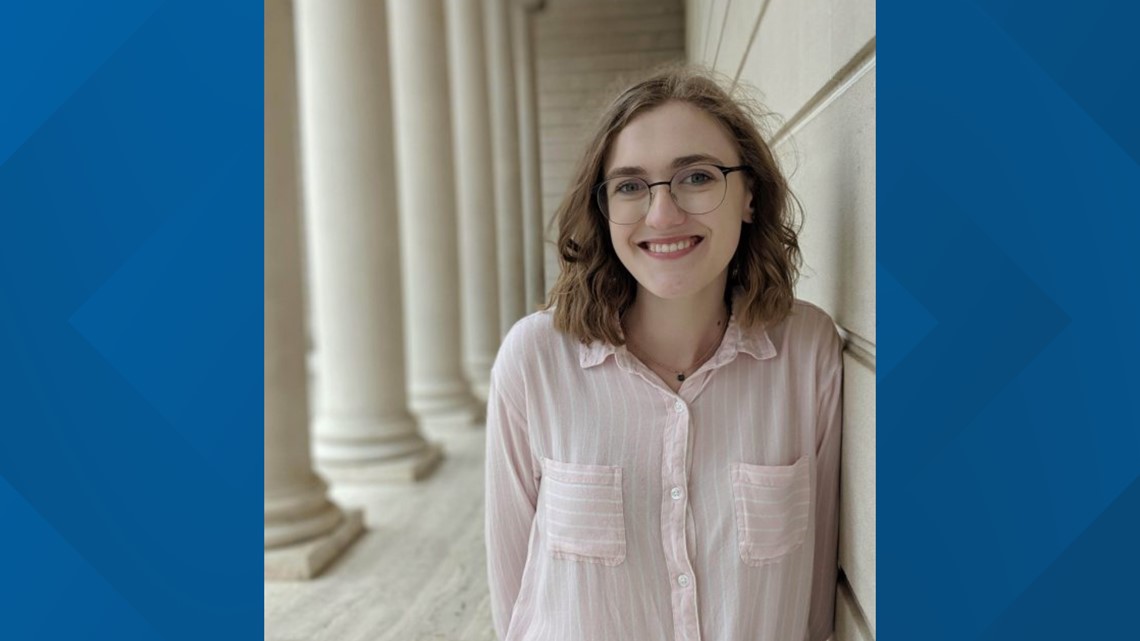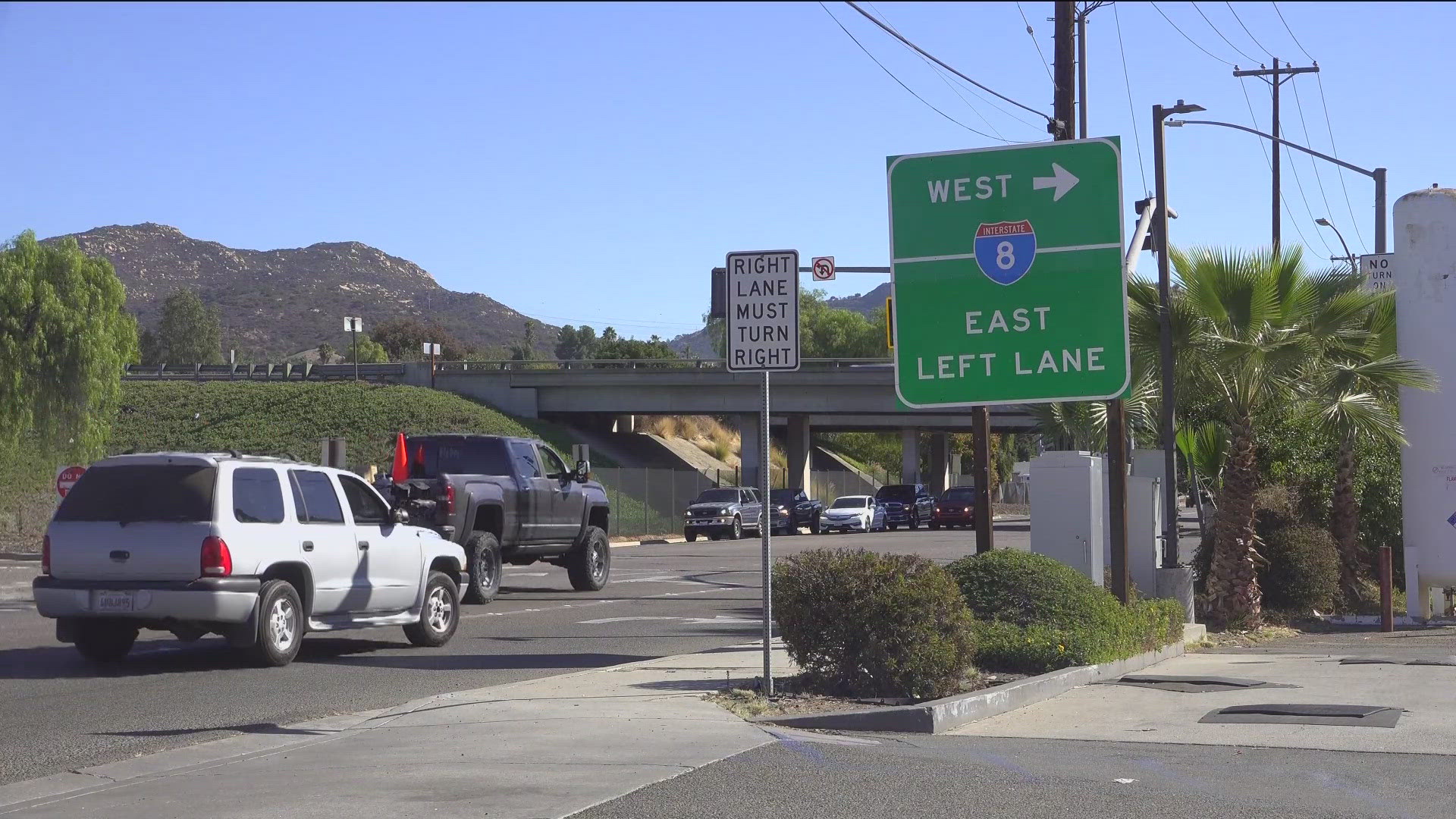CALIFORNIA, USA — Kaylin Tran imagined her first year at UCLA after transferring from Pasadena City College as kind of like a coming of age movie: She’d join clubs, make lifelong friends and pore over books in the university’s iconic library.
Instead, thanks to the pandemic, she’s sitting in front of a computer screen in her family’s San Gabriel home, paying $14,000 a year for tuition instead of $1,600.
“It definitely gives you a disconnect from the actual college experience, because it’s basically like, you’ve been at home for the past two years at community college,” Tran said. “Nothing feels any different.”
The limitations of online education are frustrating for many California college students, but they’re especially so for the tens of thousands who transferred from community colleges to four-year universities this year. With key social elements of a university experience missing since most classes have moved online, new transfer students fear they won’t be able to make meaningful in-person connections with peers and professors — part of the reason they wanted to transfer in the first place.
State lawmakers have pushed colleges and universities to make it easier for students to transfer in from community colleges. It’s a way to open up educational opportunities for more Californians at a time when both the University of California and California State University turn away thousands of qualified freshmen applicants each year.
But barriers remain. Students are often prevented from transferring because they lack information about financial aid and navigating coursework and degree requirements, according to a survey of 800 community college students released in May by RP Group, a nonprofit research organization that studies California’s community colleges.
“If we could imagine a world where COVID never happened, (colleges) still had work to do in terms of making sure that students are getting the information they need when they need it,” said Darla Cooper, RP Group’s executive director. “The extra piece of that now in the COVID environment is, are you doing that virtually?”
So far, the pandemic doesn’t seem to have dampened transfer rates: More than 62,000 new transfer students entered California State University this fall, up 4,000 from last year. Nationwide, the number of students transferring from a community college to a four-year college or university grew by about 3%, according to the National Student Clearinghouse.
But the coronavirus and the shift to online learning have made it more challenging for schools to support students once they’ve transferred. Some transfer students say the pandemic has heightened their imposter syndrome — the sense that despite getting accepted to a prestigious university, they don’t truly belong.
“There’s no physical transition from one step to the next for me to signify that, OK, I’m at UCLA now,” Tran said. “In some ways, I just feel like maybe I’m not supposed to be here. You know, maybe there is some flaw in the system that just magically let me in.”
That sense of disconnect could impact transfer students’ success in college: Some studies have found a correlation between a student’s sense of belonging and whether they returned to college the next year.
The increased price tag made the transition harder for Tran. Though she understands that professors still need to be paid during the pandemic, she said it’s frustrating to see a jump in her tuition without getting access to the library or research center that she’s paying for.
“It’s like we’re paying for the concept, but the actual product isn’t really being delivered,” she said.
In theory, transfer students who weren’t thrilled about their options could have deferred enrollment. Most California universities allow students to put a pause on their education, though they have to prove why they need the break and applications are reviewed on a case by case basis.
But the rules differ from campus to campus. For example, UCLA does not offer gap years but allows students to defer enrollment if the pandemic seriously impacts their ability to stay in school. At UC Santa Cruz, students were unable to defer for the fall but the option was available for winter quarter. And at UC Berkeley, new students can apply to defer but the university granted only a handful of requests for fall, and all were for freshmen.
Julia Kolman also had conflicted feelings about starting UC Berkeley online this fall after transferring from De Anza College, a community college in Cupertino.
“Not only am I a transfer, but I’m also now an online student among people who have been at the campus for multiple years,” Kolman said. “Like, is my college education the same as theirs?”


Setting up group chats with classmates helped Kolman feel more connected to the college community, she said, as did buying a UC Berkeley jacket. Kolman also intends on visiting the Berkeley campus a few times this semester.
“I just plan to drive up there because I like the area,” Kolman said. “I want to walk around the campus again and look at the buildings where my classes would have been and take in the campus and just feel like it’s mine.”
Even before the coronavirus hit, transitioning from a community college to a four-year university was not easy, which is why most California public universities have centers dedicated to providing support to transfer students.
Andrew Henry, an academic counselor at UC Berkeley’s Transfer Student Center, advises transfer students to put themselves out there by getting involved with events, clubs, and research opportunities. He said that even in a virtual world, that tip still applies.
“We do understand that it’s more difficult to attend events and feel that camaraderie and community building. But in some ways, it’s easier, right, as in you have access,” Henry said. “You can literally join an event from the comfort of your living room. And we try to make it as interactive as possible, whether that’s through zoom breakout rooms, games, activities, things like that.”
Transfer students at UC Berkeley can also enroll in a one-unit transfer transitions course, where they can connect with other students in similar circumstances. “It’s another place where they can feel like they belong,” Henry said.
However, UC and CSU students who have attended transfer center programs said they can only help so much during a time in which the college experience has transformed.
Andrea Trinidad, a third-year student at Cal State Long Beach, has known she wanted to be a physical therapist since she shadowed one at a nursing home during her senior year of high school. She was fascinated by the way the therapist interacted with patients and encouraged them on their paths to regaining motor skills, like learning how to walk again or move their hands.
When Trinidad, a kinesiology major, applied to transfer from Pierce College to Cal State Long Beach this fall, she was looking forward to finally getting hands-on experience in upper division courses. When the pandemic hit and courses moved online, she was among the students who considered taking a gap year, but wasn’t sure how or even if the university would permit her.
Urged by her parents to continue her education, Trinidad signed up for fall classes at Cal State Long Beach, but said the experience has been disappointing. Even her labs are online, she said, and she frequently hears her professors rave about how much more fun and exciting activities would be in-person.
“It’s definitely been hard and I’m still kind of trying to accept the fact that it’s going to be online the rest of the semester, and I guess now it’s also going to be online for next semester,” Trinidad said. “So it definitely sucks because I was really looking forward to it.”
Aubury Freed, a new transfer student at UC Santa Cruz from Ohlone College in Fremont, also briefly thought about taking a gap year. But when her friends decided to go ahead with school, she did, too. Though her classes are online, she plans to move out of her family’s home in Hayward to an off-campus apartment in Santa Cruz along with fellow transfer students.
“Just the change of setting, I feel like, will kind of inspire me to become more focused and take care of what I need to take care of academically,” Freed said. “I’m just hoping to get to know my housemates and then have a little community within the home that we make in Santa Cruz.”
Finding housing has been challenging, and Freed’s confidence was shaken when the CZU Lightning Complex fires burned through the Santa Cruz Mountains in August and September, forcing the campus to evacuate. Still, starting a new chapter feels important for her mental health, she said.
“Even though things aren’t normal, it’s the new normal,” Freed said. “So I’m trying to normalize it for myself and for my own mental health’s sake.”
Rashad is a fellow with the CalMatters College Journalism Network. This story and other higher education coverage are supported by the College Futures Foundation.



